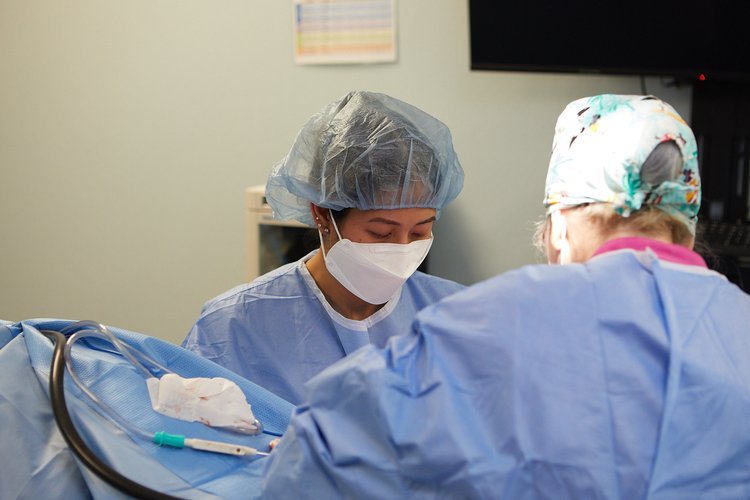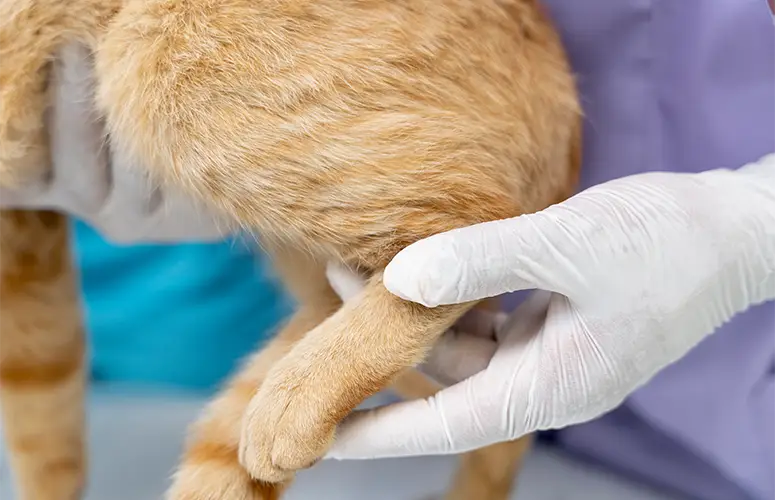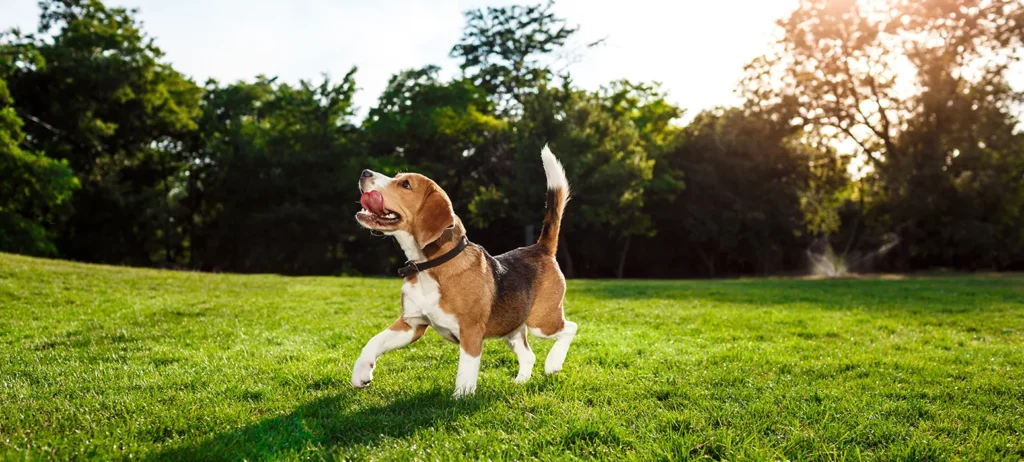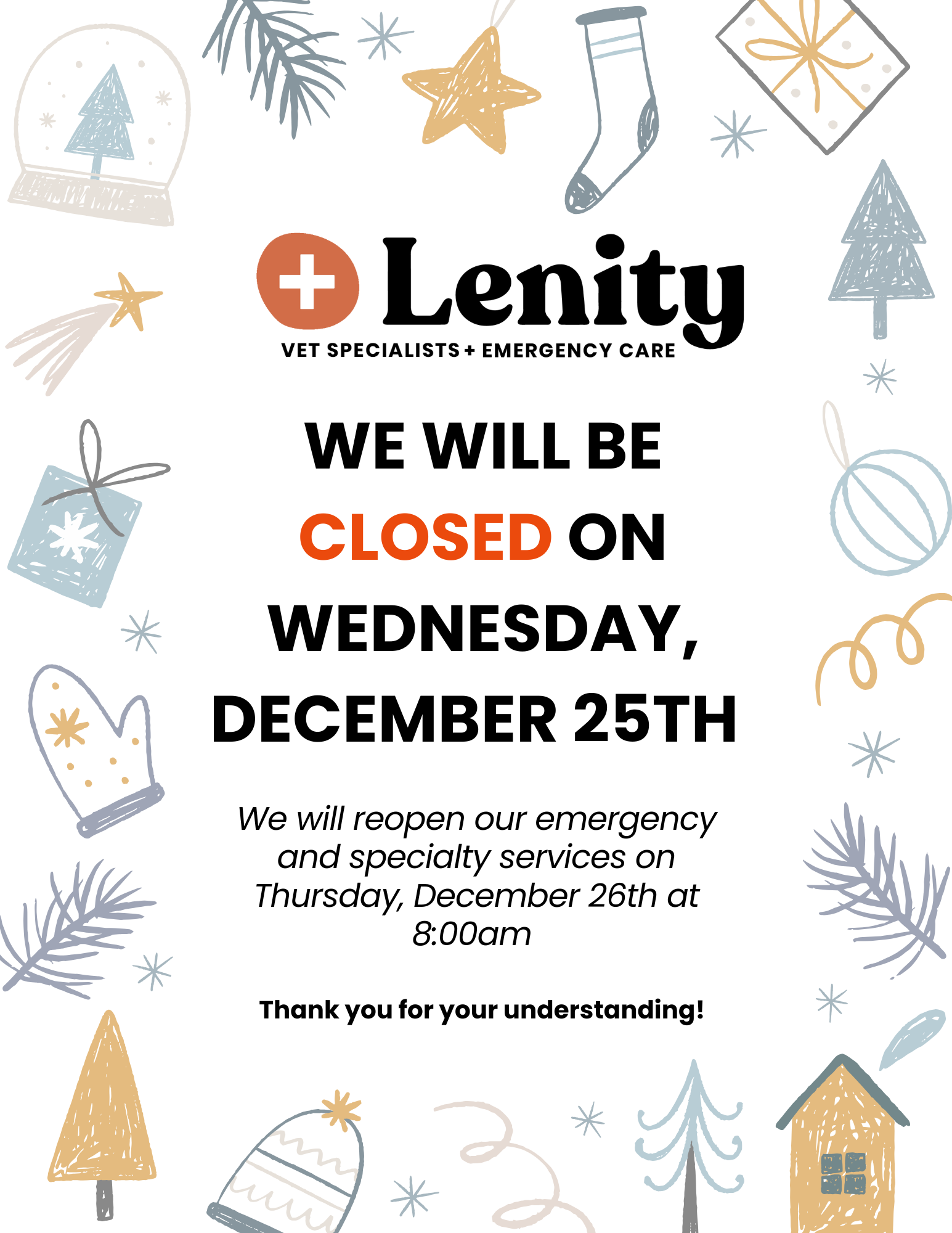TPLO Treatment in San Mateo, CA

What is Tibial Plateau Leveling Osteotomy (TPLO)?
Tibial Plateau Leveling Osteotomy (TPLO) is an advanced surgical procedure designed to address knee injuries in pets, particularly those with a torn Cranial Cruciate Ligament (CCL). This technique restores stability and alleviates discomfort in the affected knee joint. TPLO is widely regarded as an effective treatment for CCL injuries across various pet species, including dogs of all breeds and sizes, as well as cats. By precisely adjusting the angle of the tibial plateau, TPLO surgery enhances joint stability, promoting improved mobility and long-term comfort for the animal.
TPLO is the most successful surgical technique used to provide stability and comfort to the knee.
About The TPLO Procedure
During the Tibial Plateau Leveling Osteotomy (TPLO) procedure, a thorough examination of the knee joint is conducted using arthroscopy or arthrotomy to confirm the diagnosis and assess the meniscus for any damage. The tibial plateau is then carefully adjusted to a new angle and secured in place with a high-quality stainless steel or titanium bone plate implant.
Following the surgery, postoperative X-rays are performed to verify the correct leveling of the tibial plateau and the proper placement of the implant. Pets typically remain in the hospital for one night to receive attentive postoperative care and recover from anesthesia.
With adherence to the provided postoperative instructions, the need for additional treatments is generally unlikely, supporting a smooth recovery process.
Warning Signs - How To Spot Potential Trouble
If your dog or cat displays any of these symptoms, they may have an injury that requires TPLO:
- Limping
- Visible pain in the leg(s), hip(s), or other joint(s)

What Caused My Pet's Injury
- Traumatic Injuries
- Infections
- Degenerative Issues
- Accidents or Falls
In many cases, dogs experience a tear in the Cranial Cruciate Ligament (CCL) without any apparent trauma. A dog may be playfully running in the yard and suddenly begin limping, favoring one hind leg. This sudden lameness often results from a gradual degeneration of the ligament over months, culminating in a tear. This condition is largely influenced by genetic predisposition, making it unavoidable despite preventive efforts. While larger breeds are more commonly affected, small dogs are not immune.
How We Diagnose Inuries
In order to diagnose joint issues in dogs and cats, we employ thorough physical examinations, advanced imaging, and occasionally laboratory tests.
During the physical assessment, we evaluates the pet’s gait, range of motion, and signs of discomfort or inflammation in the joints, ensuring a thorough understanding of the pet’s condition. This hands-on evaluation is critical for identifying abnormalities and guiding further diagnostic steps.
In some cases, we use advanced imaging techniques such as X-rays and ultrasounds to assist us and reveal structural damage, arthritis, or other anomalies. Additionally, blood tests may be utilized to exclude systemic conditions that could mimic joint-related symptoms and to assess the pet’s overall health, ensuring a comprehensive diagnosis. This combined approach enables veterinarians to develop an accurate treatment plan tailored to the pet’s specific needs.
Lenity's Post-Op Procedure

Lenity Veterinary Hospital ensures a thorough post-operative care process to support pets’ recovery after surgery. At discharge, pet owners receive detailed written instructions and a 30-minute consultation to review care guidelines, including monitoring for warning signs and preventing behaviors that could impede healing. Owners are advised to bring blankets or padding for a comfortable ride home, using a crate or securing the pet in a vehicle to minimize movement. To promote healing, pets should be confined to a small, controlled space like a crate or room, with sturdy rugs or mats on slippery floors and tools like a fleece sling to aid mobility. Unsupervised interactions with other pets are discouraged to prevent incision licking or rough play, and baby gates are recommended to limit stair access. For active pets, mild sedatives may be prescribed, and Lenity collaborates with owners and primary veterinarians to customize recovery plans for optimal outcomes.
Long-Term Outlook and Aftercare
Lenity Veterinary Hospital provides comprehensive post-operative aftercare instructions to ensure pets recover smoothly following surgery. Upon discharge, pet owners are given detailed written guidelines and a 30-minute consultation to review essential care steps, including monitoring for complications and preventing behaviors that could disrupt healing. Owners are advised to prepare for the ride home with blankets or padding and to secure pets in a crate or on the vehicle floor to minimize movement, as anesthesia may cause accidents. Pets should be confined to a small, safe space, such as a crate or room, to enforce rest, with sturdy rugs or mats placed on slippery surfaces to prevent falls. A fleece sling or rolled towel is provided to assist with mobility in the initial recovery weeks. To avoid complications, pets must not be left unsupervised with other animals to prevent rough play or incision licking, and baby gates are recommended to restrict stair access unless supervised. For highly active pets, mild sedatives may be prescribed to maintain calmness. Lenity collaborates with owners and primary veterinarians to tailor recovery plans, scheduling a follow-up appointment at discharge to monitor progress, which may include sedation for X-rays or suture removal, with potential additional costs depending on the procedures performed.


